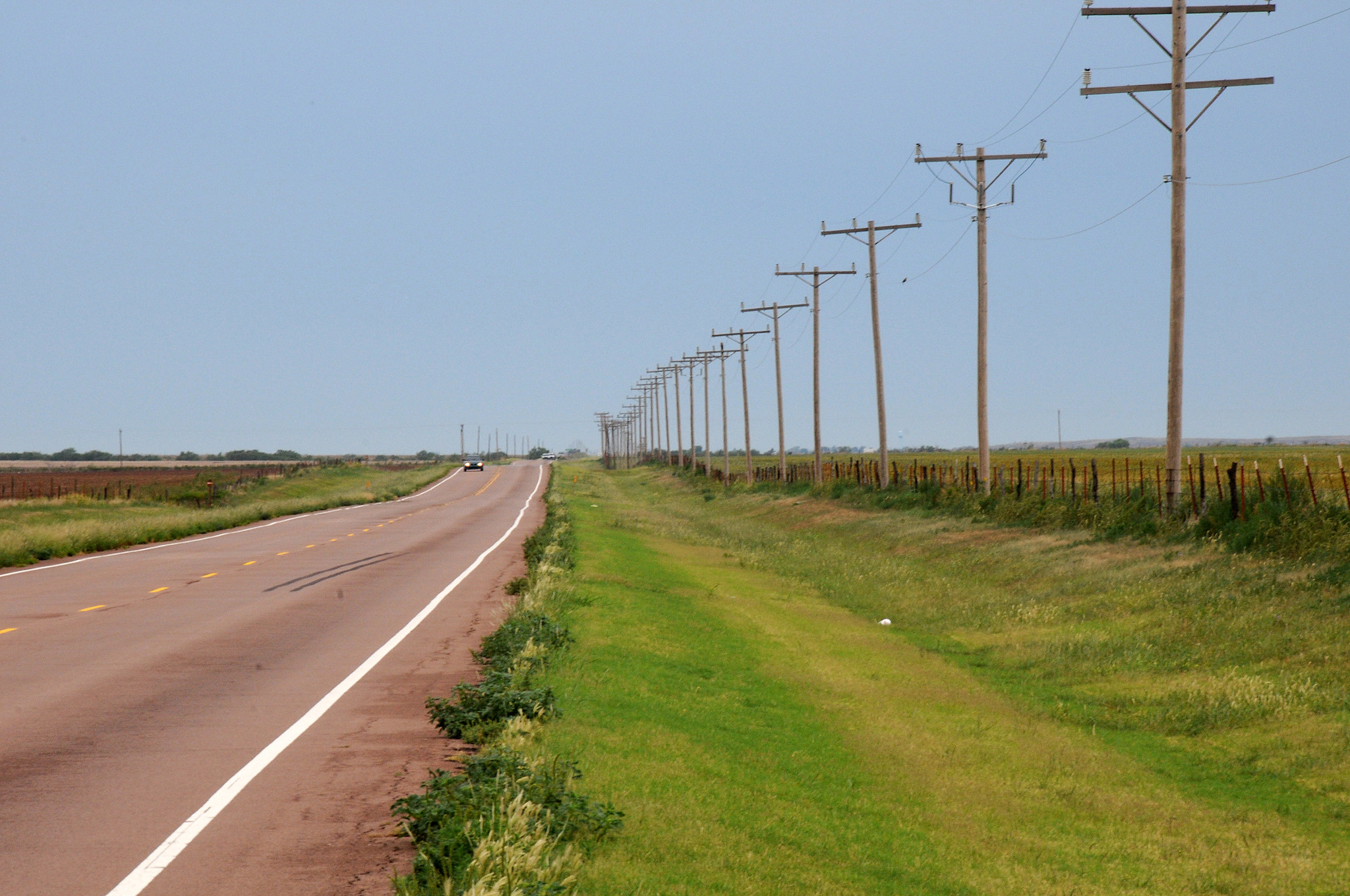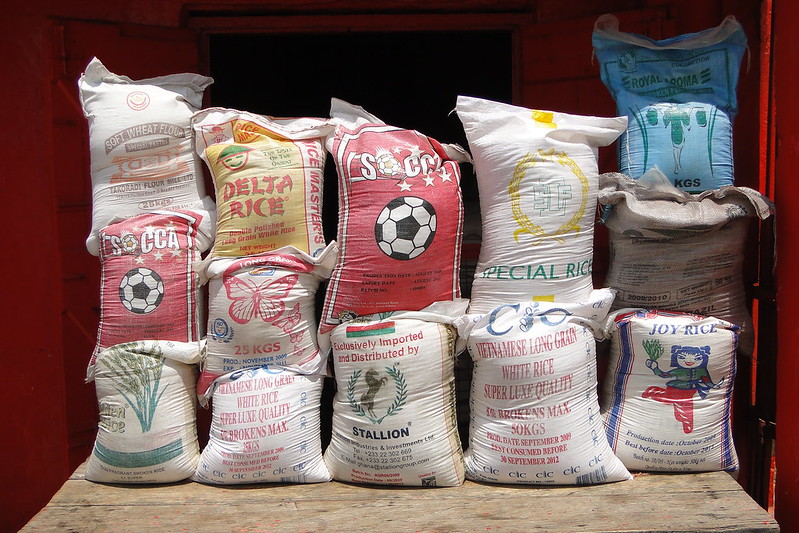Katie Smith is a law student at NYU School of Law and guest contributor on this blog.
COVID-19 is forcing the United States to become an even more internet-dependent society, and rural and Tribal communities are increasingly being left behind. As of 2016, over 30% of rural Americans and over 35% of Americans living on Tribal lands did not have access to broadband internet. Expanding broadband access allows people in rural and Tribal areas to access telemedicine, remote learning, and advanced agricultural technologies.
To help increase broadband access in rural communities, Congress created the Rural Development Broadband ReConnect Program in 2018. ReConnect, which is implemented by the U.S. Department of Agriculture (USDA), facilitates broadband expansion through the provision of loans, grants, and loan-grant combinations to nonprofits, corporations, and state, local, and Tribal governments. Congress allocated $100 million in additional funding for the program through the CARES Act in March of 2020.
However, despite this additional funding, broadband expansion through ReConnect during the pandemic has been slow. As Jenna Leventoff of Public Knowledge noted, ReConnect will not help “during the peak of the [COVID-19] crisis,” partly because it simply takes time to build out the infrastructure. In addition to time needed for construction, there is bureaucratic delay. Progress was particularly slow during the beginning stages of the pandemic. President Trump signed the CARES Act at the end of March, but the first project using this money was not funded until mid-July. Senators Kristen Gillibrand and Tina Smith wrote to the USDA in June urging them to speed up the process. Since then, USDA has distributed a significant portion of this $100 million allocated through the CARES Act.
ReConnect has provided over $800 million for broadband expansion to date. Unfortunately, information about the progress of the funded projects is not currently available. Because of this, it is hard to tell whether the program is working as quickly as is needed.
In addition to the slow implementation and lack of transparency, the agencies involved in broadband access have not collaborated effectively, which weakens the efficacy of Reconnect. The USDA, the Federal Communications Commission (FCC), the Department of the Interior (Interior) and the Indian Health Service are all involved in broadband expansion. Because many agencies are handling similar tasks, the process is complicated, and the failure to communicate and collaborate extends the time needed to expand broadband access. For example, service areas that have received certain support from the FCC are ineligible for funding through ReConnect. However, many of these service areas only have satellite service, which doesn’t meet USDA standards. Several senators asked Secretary Purdue to drop this provision from the program, explaining that “satellite service [is] ill-suited for the telemedicine, mental health services and interactive distance learning broadband applications that are critical for rural Americans.” Seven months later, the restriction still stands. This is just one example of a failure to coordinate among agencies. Tribal communities especially suffer from lack of coordination among USDA, FCC, Interior, and Indian Health Services. It is much harder for communities to reach decision-makers when they are unsure who is actually making the decision.
While ReConnect is a valuable program, its current iteration is insufficient to resolve the issue of broadband access. Tribal and rural communities need greater investment with more coordination.
The views and opinions expressed on the FBLE Blog are those of the authors and do not necessarily reflect the official policy or position of FBLE. While we review posts for accuracy, we cannot guarantee the reliability and completeness of any legal analysis presented; posts on this Blog do not constitute legal advice. If you discover an error, please reach out to contact@farmbilllaw.org.


